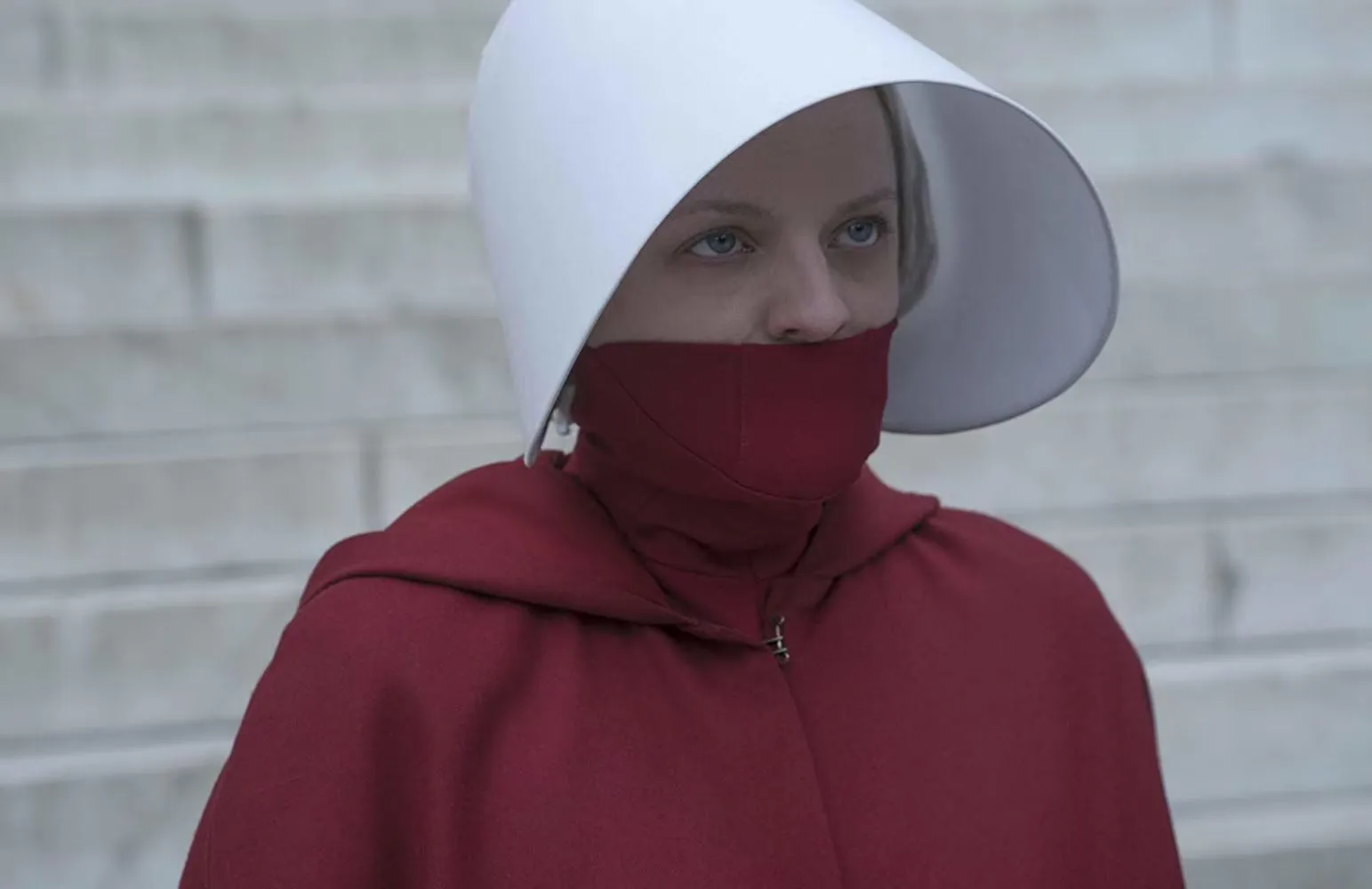30 Minutes Ago in Buckinghamshire — Karen Barber broke down in tears as she shared an urgent message with fans that her Partner Christopher Dean, is currently...
Just 30 minutes ago in Buckingham, the figure skating community was shaken to its core by deeply emotional news. Karen Barber – former European champion, respected coach, and beloved TV personality – broke down in tears as she revealed an urgent and personal message: her husband, Christopher Dean, the legendary ice dancer and Olympic champion, has been diagnosed with early-onset Parkinson’s disease.
The revelation spread like wildfire across television, newspapers, and social media. For fans who grew up watching Dean’s dazzling artistry alongside his lifelong skating partner Jayne Torvill, the announcement felt like a collective heartbreak. For many, Dean is not only an athlete but also a cultural icon who redefined the very essence of ice dance.
Speaking live from their home in Buckingham during a short livestream, Karen Barber appeared visibly shaken. Sitting at a simple wooden table with a sheet of paper in her hands, she struggled to steady her voice. “Christopher wanted us to share this together,” she began, pausing as tears welled in her eyes. “But the truth is… time is of the essence now. He has been diagnosed with early-onset Parkinson’s. We are facing it head-on, but we can’t do it without your love and support.” Every word carried not only fear but also profound love and determination. Viewers watching live described the moment as “heartbreaking” and “impossible to absorb.” Messages of shock and support began flooding in before Barber even finished speaking.
According to Barber, Dean’s health struggles began several months ago with subtle but concerning symptoms. He noticed occasional tremors in his right hand, moments of stiffness, and difficulty maintaining balance on the ice — all devastating signs for a man whose life had been defined by elegance and control of movement. “Chris tried to keep skating for as long as he could,” Barber admitted. “But there were days when he’d step on the ice and his body just… wouldn’t respond.” After a series of tests, specialists confirmed the diagnosis. Although Parkinson’s is progressive and incurable, early detection and treatment can slow its effects and help maintain quality of life.

Within minutes of Barber’s announcement, the global skating community began to respond. Jayne Torvill, Dean’s partner of over four decades, released a short but emotional message: “Chris has always been the strongest person I know — not just in body, but in spirit. We’ve faced challenges before, and we will face this one together. My heart is with Chris and Karen every step of the way.” From Canada to Japan to Australia, tributes poured in. Former students remembered his mentorship, Olympians recalled the inspiration of his performances, and fans shared videos of their favorite routines.
Dean’s influence on ice dancing is impossible to overstate. With Torvill, he transformed the discipline into something more than sport — it became a living art form. Their legendary performance of Boléro at the 1984 Winter Olympics in Sarajevo, which earned them perfect scores, remains one of the most iconic moments in sports history. Even after retiring from competitive skating, Dean continued shaping the future of the sport through choreography, coaching, and his long tenure as a judge and mentor on Dancing on Ice.
On social media, the hashtag #PrayersForChris began trending within the hour. One fan wrote: “Christopher Dean taught us that skating can touch your soul. Now it’s our turn to lift him up.” Another posted a clip of Boléro with the caption: “This is how I will always remember him — strong, graceful, unforgettable.” For many, Dean’s artistry had been a constant presence in their lives — part of family traditions, wedding dances, or childhood dreams of taking to the ice.
Doctors have recommended a treatment plan combining medication, physical therapy, and regular activity tailored to Dean’s condition. Barber revealed that he has already begun specialized training to preserve strength and mobility. She emphasized that the goal is not only to fight the disease but also to maintain a sense of joy and dignity in daily life.

Before ending the livestream, Barber made a heartfelt appeal: “Please don’t see this as the end of his story. See it as a new chapter. Support him, celebrate him, and remember all that he’s given to the world of skating.” She urged fans and the media to focus on compassion rather than speculation, and encouraged donations to Parkinson’s research, reminding everyone that greater awareness and funding are essential for better treatments in the future.
Though Parkinson’s will inevitably change Dean’s physical abilities, it cannot erase his extraordinary legacy. His career stands as a testament to vision, creativity, and perseverance. For nearly half a century, Christopher Dean has given the world unforgettable beauty on ice. Now, as he faces the most difficult personal challenge of his life, he does not face it alone. From Olympic champions to young children lacing up skates for the very first time, the entire skating family stands with him.
Christopher Dean’s story has always been about more than medals — it has been about emotion, artistry, and the human spirit. That spirit remains unshakable. And as Barber said so movingly, this is not the end. It is the beginning of a new chapter, one written not on the ice, but in courage, resilience, and the unwavering love of a global community that will never forget what he has given them.
News World Business Tech Healthy Tips She walked into the premiere and turned Hollywood on its head. What did Madonna do in 1985 that made everyone stop and stare?

In 1985, the red carpet premiere of

Madonna’s arrival was electric. She didn’t just wear clothes—she wore an attitude. Her look was a perfectly curated yet seemingly effortless mix of punk rebellion, glam sensibility, and downtown New York grit. Layers of lace, fitted leather jackets, oversized bows, crucifix necklaces, bangles stacked up her arms, and those now-iconic fingerless gloves became more than accessories—they were symbols of a new kind of self-expression. She exuded a “take me as I am” confidence that clashed with Hollywood’s polished elegance, and that clash became her magic. Critics may have debated the tastefulness of her style, but no one could deny its impact.
For many young women watching from afar, Madonna’s fashion choices were revolutionary. They weren’t about perfection—they were about personality. She gave permission to mix high and low fashion, to make thrift-store finds as powerful as designer pieces, and to use clothing as a form of rebellion. Teenagers across America and beyond imitated her layered necklaces, tousled hair, and bold makeup, launching what came to be known as the “Madonna wannabe” phenomenon. For the first time, a red carpet wasn’t only about Hollywood glamour—it was about street style meeting stardom.

The premiere also marked Madonna’s transition into film. Desperately Seeking Susan wasn’t her first time on camera, but it was her first major role that captured her personality so vividly. She played Susan, a free-spirited drifter who embodied the same mix of mystery, charisma, and defiance that Madonna herself projected in real life. The line between character and performer blurred, making the film feel like an extension of Madonna’s own myth-making.
The movie was a surprise hit, resonating with audiences who saw in Susan—and by extension, Madonna—an alternative to the ordinary. It was about women searching for identity, freedom, and excitement outside traditional expectations. Madonna’s performance wasn’t just acting; it was a continuation of her ongoing statement: that women could be unapologetically bold, messy, stylish, and in charge of their own destiny.

But perhaps the most important thing about that 1985 moment was the cultural message it carried. Madonna wasn’t simply stepping into Hollywood; she was reshaping it. Up until then, pop stars who crossed into film often struggled to be taken seriously. Madonna, however, used her musical fame as a launchpad, and her film debut as proof that she was a multi-platform force. She was showing the world that the boundaries between music, fashion, and film could be torn down—and she was the one to tear them.
The press quickly caught on. Headlines weren’t just about the movie’s plot or reviews—they were about Madonna’s presence, her clothes, her impact. For some, she was scandalous, a challenge to traditional ideas of femininity and celebrity. For others, she was thrillingly fresh, a burst of authenticity in an industry built on polished illusions. Either way, she was impossible to ignore.

Her timing could not have been more perfect. The 1980s were a decade hungry for reinvention and rebellion. MTV had transformed how music and image intersected, giving rise to stars who weren’t just heard but seen. Fashion was louder, bolder, more experimental, and Madonna was the embodiment of that shift. She wasn’t just riding the wave of pop culture—she was shaping it.
Looking back, the premiere of Desperately Seeking Susan wasn’t just another stop on Madonna’s rise—it was a turning point. It showed that she was not content to be confined to one lane. Music was only the beginning. She wanted film, fashion, influence, and above all, control over her narrative. And she got it. Over the decades, Madonna would continue to reinvent herself—sometimes controversially, always unapologetically—but that 1985 night crystallized the blueprint.

The cultural ripples from that moment are still felt today. Contemporary artists like Lady Gaga, Rihanna, and even Billie Eilish owe part of their artistic freedom to the path Madonna carved. The mix of music, fashion, and visual storytelling that is now standard in pop culture was, in many ways, pioneered by her ability to command attention across mediums.
When we revisit photos of Madonna on that red carpet—the layered lace, the messy curls, the knowing smirk—it’s not just nostalgia. It’s a reminder of how one woman stepped into a premiere and shifted the direction of pop culture. She showed that being a star wasn’t about fitting in—it was about standing out, about creating a persona so magnetic that the world had no choice but to watch.

In the end, the 1985 Desperately Seeking Susan premiere was more than just an introduction to Madonna the actress. It was the announcement of Madonna the icon. From that night forward, she wasn’t simply performing for audiences—she was leading them, daring them to see fame, fashion, and femininity in entirely new ways.
Madonna didn’t just walk the red carpet. She claimed it, rewrote its rules, and transformed it into a stage where self-expression mattered more than tradition. And in doing so, she didn’t just define the 1980s—she defined what it meant to be an icon for generations to come.








